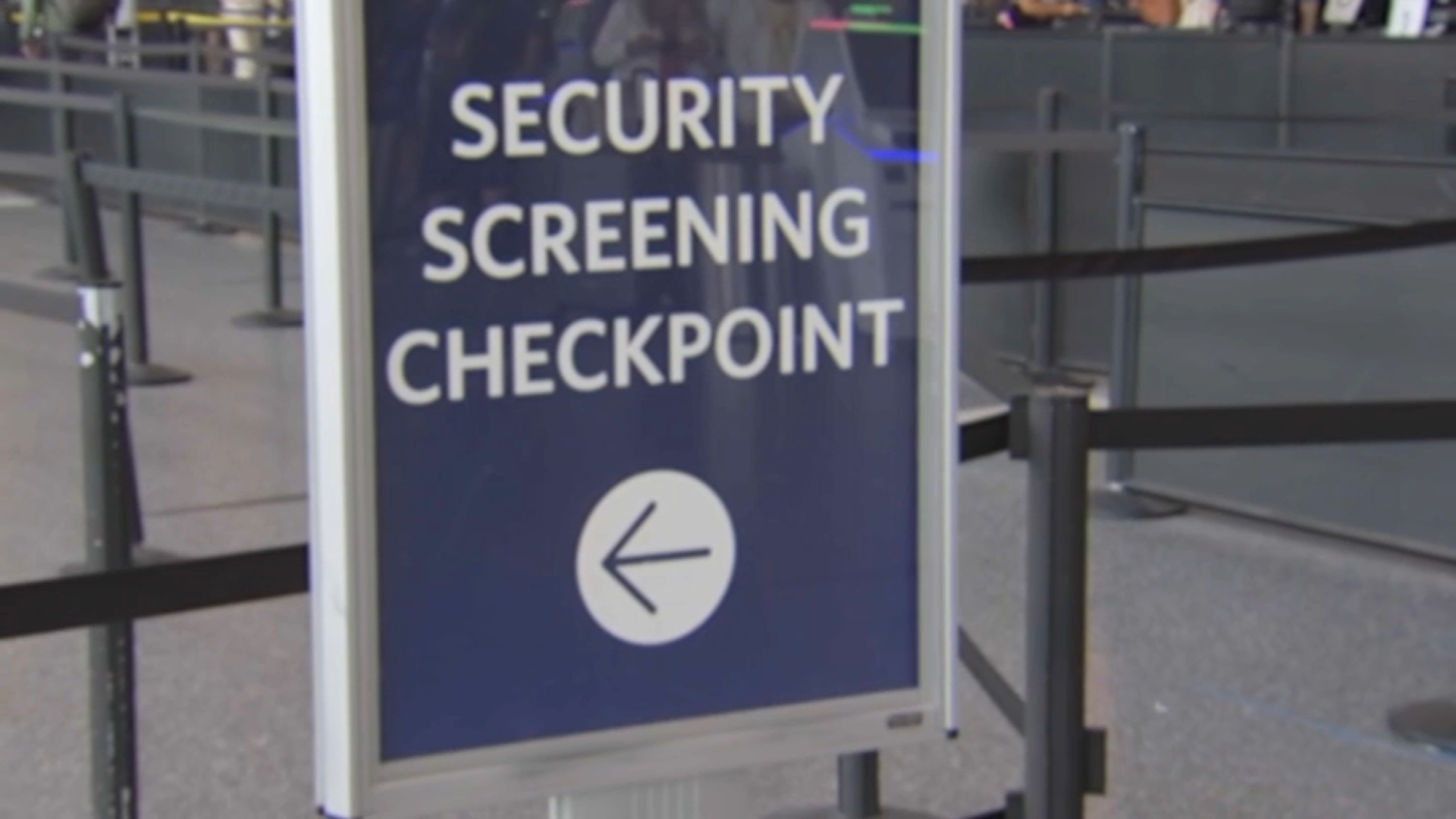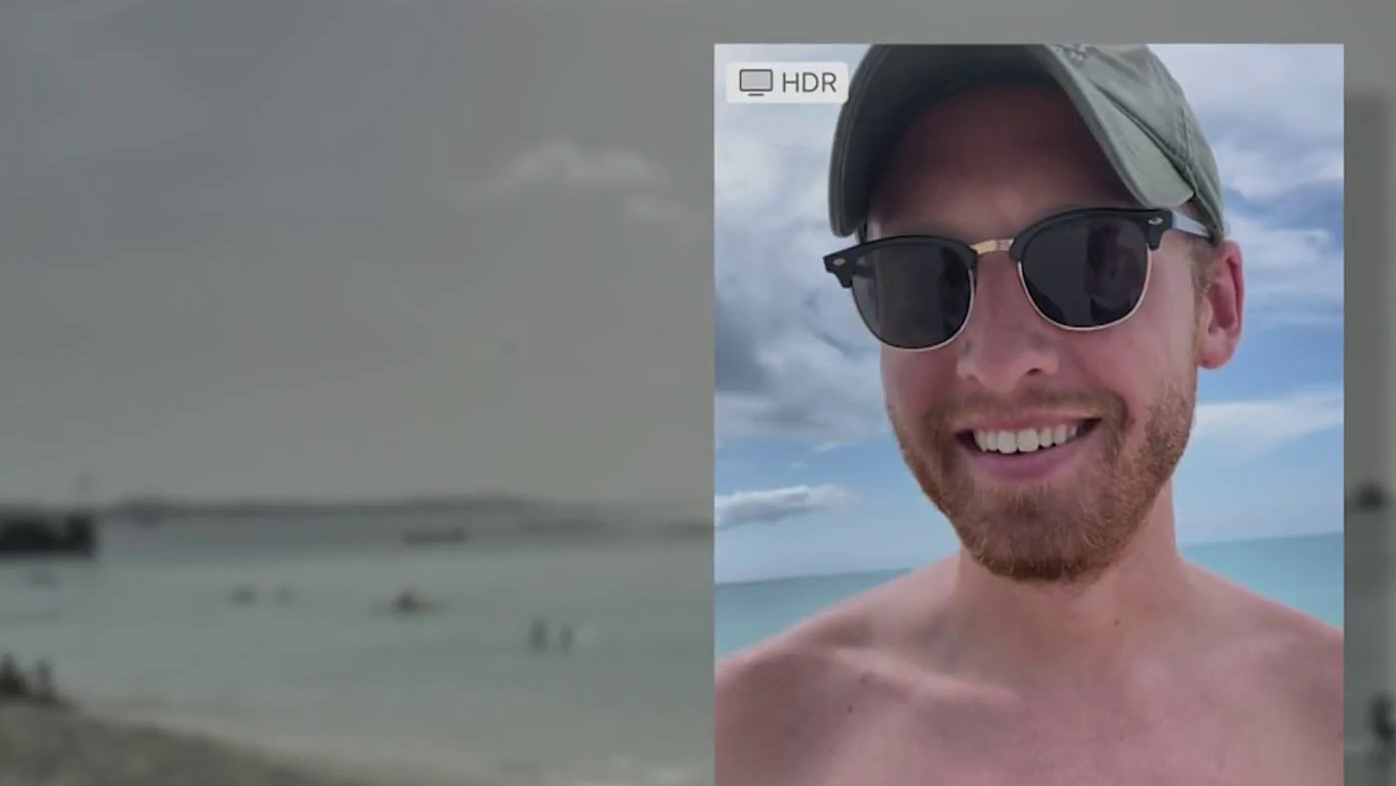Tipping trends may be reaching a tipping point! If you feel like you’ve been bombarded with tipping prompts and you’re confused about when to tip and how much, you’re not alone.
Tipping isn’t what it used to be. Gratuities seem to be popping up everywhere.
It picked up during the pandemic when we wanted to help workers severely impacted by COVID restrictions and it grew.
A new Lending Tree survey found that 60% of Americans say they’re now tipping more, thanks to the convenience of technology.
Get Boston local news, weather forecasts, lifestyle and entertainment stories to your inbox. Sign up for NBC Boston’s newsletters.
But 24% say they feel pressured to tip when the option is presented - 41% have changed their buying habits due to gratuity expectations and 60% believe tipping has gotten out of hand.
We got some tipping guidance from national etiquette expert Diane Gottsman.
“When you walk up to a counter ...and someone turns around, grabs a packaged bagel or muffin, hands it to you with an exchange and then flips around an app, and then you have an option of tipping 20, 25, 30%. That's when people start feeling frustrated,” said Gottsman.
Consumer
Responding to your consumer needs and connecting you to your money.
Dipayan Biswas, Frank Harvey Endowed Professor of Marketing at the University of South Florida in Tampa believes the catalyst for expanded tipping was the advent of digital touchscreen payments systems. Companies easily adding in tipping options for any kind of service.
“A lot of companies like play with human guilt. So sometimes if you don't want to pay, you have to say no, I don't want to pay. A lot of people feel guilty doing that,” said Biswas. “Often the default tip is pretty high for like a lot of the non-restaurant setting. So that adds to like more people feeling like they have to do that almost as the norm.”
Gottsman said you shouldn’t feel guilty, and to think of tipping in service counter situations as the old standard of throwing your change into a tip jar.
“If you feel like you want to leave a tip, by all means, leave it,” said Gottsman. “Or if you want to hit no tip, if that's how you feel about a quick transaction, then..., that's your choice.”
But, when it comes to full-service situations and workers who depend on tips as part of their salary, they agree, that you can’t skimp.
“This is something that worries me. A lot of companies in the greed trying to get more money from customers for tipping might actually adversely affect those people who rely on tips for their livelihood,” says Biswas. “I totally understand the tip fatigue, but people need to understand that at full-service restaurants, tipping is not only expected it's the right thing to do.”
Toast has point-of-sale systems located in almost 80,000 restaurants in the US. The software shows more people are tipping with a card or digital payment, but the amount of each tip has dipped at both quick and full-service restaurants.
“Not every transaction is going to require you to tip,” said Gottsman. “Especially when you did not receive any kind of extended service.”
Gottsman recommends tipping 15% for food delivery depending on weather, distance and time of day. And 10 – 20% if you get carryout at a restaurant, depending on the complexity of what you ordered. When you take a spin through the fast food or coffee shop drive-thru, tip at your own discretion.
Elsewhere, if someone is performing a service for you , a salon or spa service, a valet carrying your bags, you should leave a tip. And if you get extraordinary service, by all means, be as generous as you can be with that tip.
You can see Gottsman’s tip guide for many other circumstances here.



